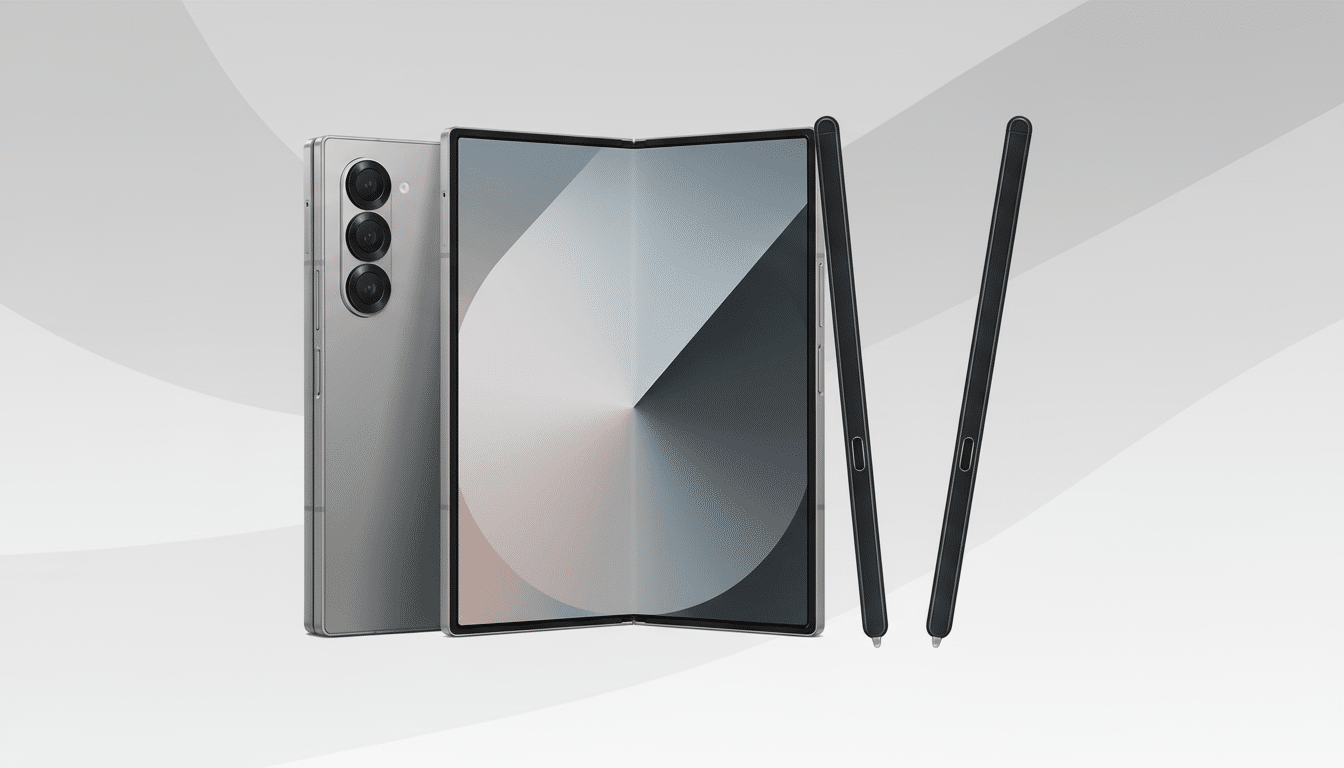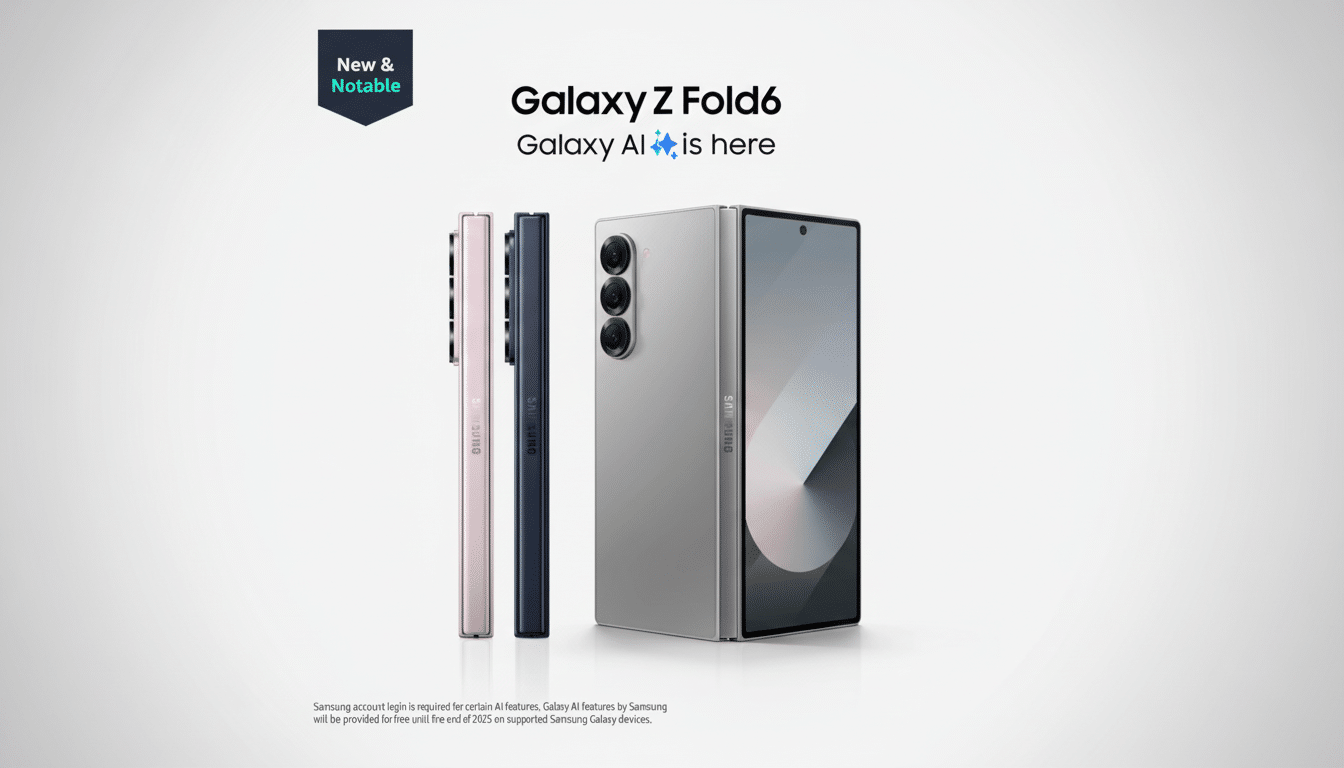The China-only W26 from Samsung is the strongest evidence yet that US customers have been shortchanged on the best foldable phones. It is essentially a Galaxy Z Fold 7 on steroids, but with features and finishes you can’t get here in America, and it reinforces something I’ve started to notice: how much wider the gap has become between what gets sold locally and what’s possible elsewhere.
A Better Fold Where Americans Can’t Buy It
On paper, the W26 also looks to mimic the Z Fold 7’s slim profile. In reality, it goes further: richer black and red finishes with gold highlights (on 512GB/1TB configurations), and adds in the satellite calling that the US Fold is lacking.

Samsung also sweetens the deal when you open the box. The W26 comes with a cable, a 25W charger and a Kevlar case, while US Fold 7 buyers don’t get all that much. At CNY 16,999 (roughly $2,300), the W26 is expensive, but it’s also clearly the more holistic device.
But no single one of these perks could be called a life-or-death upgrade. Together, they tell a story: Samsung can make a better foldable, and it gave that sweet version to China.
This Isn’t a One-Off: A Pattern in Samsung’s Releases
The theme was repeated with a Galaxy Z Fold 6 Special Edition released last year. Released in Korea and later in China, it shed weight, refined the frame and amped up the primary camera. The US got the regular ol’ Fold 6 and a promise that the true enthusiast version resided somewhere else.
Two rounds of regional favoritism are a strategic, not an accidental, pattern. In Samsung’s foldable portfolio, the US is more and more starting to feel like a base market for these devices rather than being at the top of that range.
The Global Foldables Americans Miss Out On Today
Samsung’s not alone. OPPO’s Find N5 is as svelte as Samsung’s book-style flagship, but resists creasing a tad better, adds fast 80W charging to that mix and brings stamina with it. The X Fold 5 jumps into the mix with a massive 6,000mAh battery and beefy durability claims.
They both have gadgets that show off the future of their vision: HONOR’s Magic V5 is a strong Z Fold rival, and HUAWEI continues to play with bold form factors. While the Pura X dons a space-saving pocket form factor that opens to provide a 16:10 tablet drawing slate, tri-folders like HUAWEI’s Mate XT and TECNO Phantom Ultimate G Fold take multi-stage folding configurations US consumers are simply not seeing on shelves.
US buyers do have great phones — the Galaxy Fold line, Motorola’s Razr Ultra and Google’s Pixel Fold family are all real contenders. But when compared to the buffet spread available in China and some parts of Asia, the US menu looks sparse.
Why the Hottest Trend in Phones Is Skipping the US
There are pragmatic reasons for the discrepancy. Certifying with a carrier in the US is really expensive and daunting, particularly for niche categories. For many brands, adding mmWave antennas that will need to pass rigorous RF tests and undergo pluri-month validation cycles is a cost and time burden they can’t afford unless the carriers are already prepared to gamble on their products.

Regulatory and geopolitical headwinds only worsen the matter. HUAWEI still faces an embargo on shipping devices with Google services, in practice excluding it from mainstream market share numbers Stateside. Trade regulations, patent licensing terms, and component sourcing restrictions also serve to raise barriers.
Then there’s demand. Global foldable shipments have expanded into the mid-teens of millions annually, but North America is only a sliver of the share, according to DSCC and Counterpoint Research. Carriers prioritize mass-volume slabs, and when they back foldables, it has been by pushing known brands through conservative designs.
Even satellite service, which is available on the W26, gets tied up in spectrum access and service agreements that can differ from one region to another. What is easy work to roll out in China might require a patchwork of approvals in the United States.
What US Buyers Lose When Foldables Skip This Market
The void consists of more than cosmetic colors or bundled chargers. It’s faster charging that reduces downtime. It’s the big batteries that provide days of endurance. It’s less visible creasing, lighter frames and new form factors like tri-folds that reinvent portability and productivity.
IDC has observed that design breakthroughs underpin premium products, and if those breakthroughs instead debut elsewhere first — or even there alone — then US buyers are stuck with flagship products costing more for playing it safe.
That keeps the pressure on domestic lines to take chances, and it also slows improvement here.
Bottom Line on W26 and the US Foldable Landscape
The W26 does not make the Z Fold 7 a bad phone. It makes it the lesser one. And it crystallizes the larger view: The United States tends to receive competent foldables; China and other markets end up with the more ambitious ones.
Until more brands bring back carrier support to the US or Samsung is able to unify its finest hardware worldwide, we’ll be priced in the top tier of devices for something less than that. The W26 is the latest proof.

